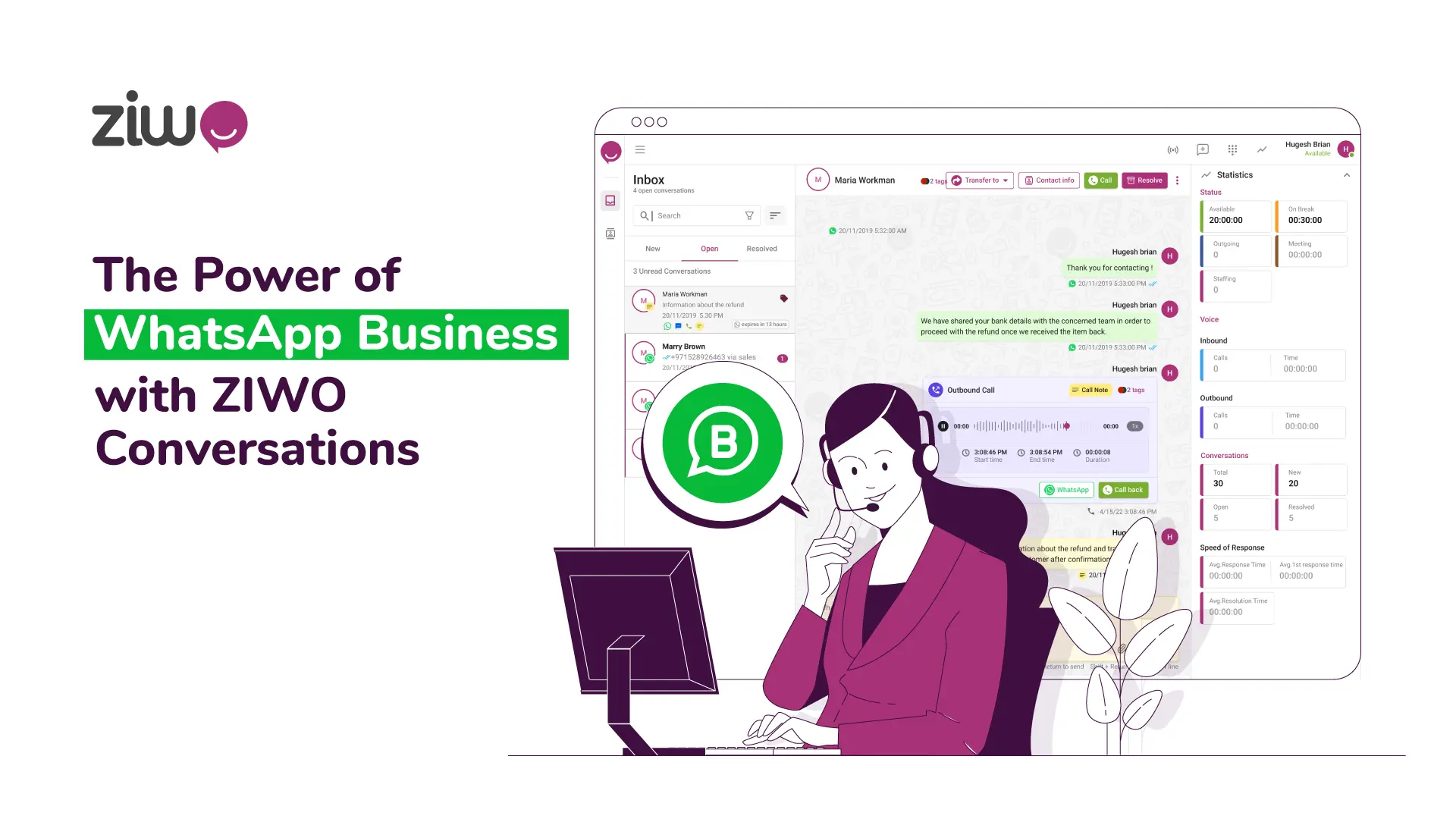
Aucun domaine ne peut affecter les gens à plus grande échelle que celui des télécommunications. La VoIP (Voice Over Internet Protocol) est l'une des améliorations des communications à distance qui offrent un service via le protocole Internet.
Les technologies de l'information sont devenues un outil indispensable à l'interaction sociale et ont commencé à façonner notre mode de vie. En outre, le développement de plateformes numériques nationales a toujours été soutenu au niveau de l'État en raison de leur impact sur le développement de l'économie, la réduction du coût des transactions internationales, l'amélioration de la qualité et la réduction des délais de fourniture des services publics.
Protocole de voix sur internet (VoIP)

La voix sur le protocole Internet est la même chose que le protocole Internet pour la voix, plus communément appelé VoIP.
La voix sur IP est la distribution du trafic vocal sur les réseaux Internet. Le protocole Internet (IP) a été développé à l'origine pour la transmission de données sur les réseaux informatiques et, après sa mise en œuvre réussie, a été adapté à la transmission de la voix.
La voix sur IP (VoIP) facilite les tâches et permet de fournir des services qu'il serait difficile ou coûteux de mettre en œuvre à l'aide des réseaux téléphoniques RTPC traditionnels :
Plus d'un appel téléphonique peut être transmis simultanément sur la même ligne téléphonique à large bande. Ainsi, la voix sur IP peut faciliter l'ajout de nouvelles lignes téléphoniques dans une entreprise.
Les services pour lesquels les compagnies de téléphone facturent des frais supplémentaires, tels que le renvoi d'appel, l'identification de l'appelant ou la recomposition automatique, sont facilement mis en œuvre grâce à la technologie de la voix sur IP.
Le système de communications unifiées est basé sur la technologie de la voix sur IP, car il permet l'intégration d' autres services Internet tels que la vidéoconférence, la messagerie instantanée, etc.
Ces avantages et bien d'autres de la technologie de la voix sur IP incitent les entreprises à mettre en place des PBX VoIP à une vitesse incroyable.
À quoi sert cette technologie ?
La VoIP ou Voice Over Internet Protocol est un nouveau mode de communication qui permet de passer des appels vocaux en utilisant uniquement la bande passante ou une connexion réseau Wi-Fi. Il s'agit d'un ensemble de ressources qui permettent d'envoyer la voix sur un signal qui est transmis sur l'internet en utilisant le protocole internet (IP).
Ce système convertit la voix en paquets de données qui sont envoyés aux destinataires pour la communication, en offrant une qualité de son supérieure et sans interruption, ce qui est complètement différent de ce qui se passe avec les appels ordinaires, qui sont envoyés par une ligne téléphonique. La VoIP circule sur n'importe quel réseau IP, même ceux que l'on trouve sur l'internet, comme les réseaux locaux, également appelés réseaux locaux.
Ne pas confondre Voix sur IP et Téléphonie IP !
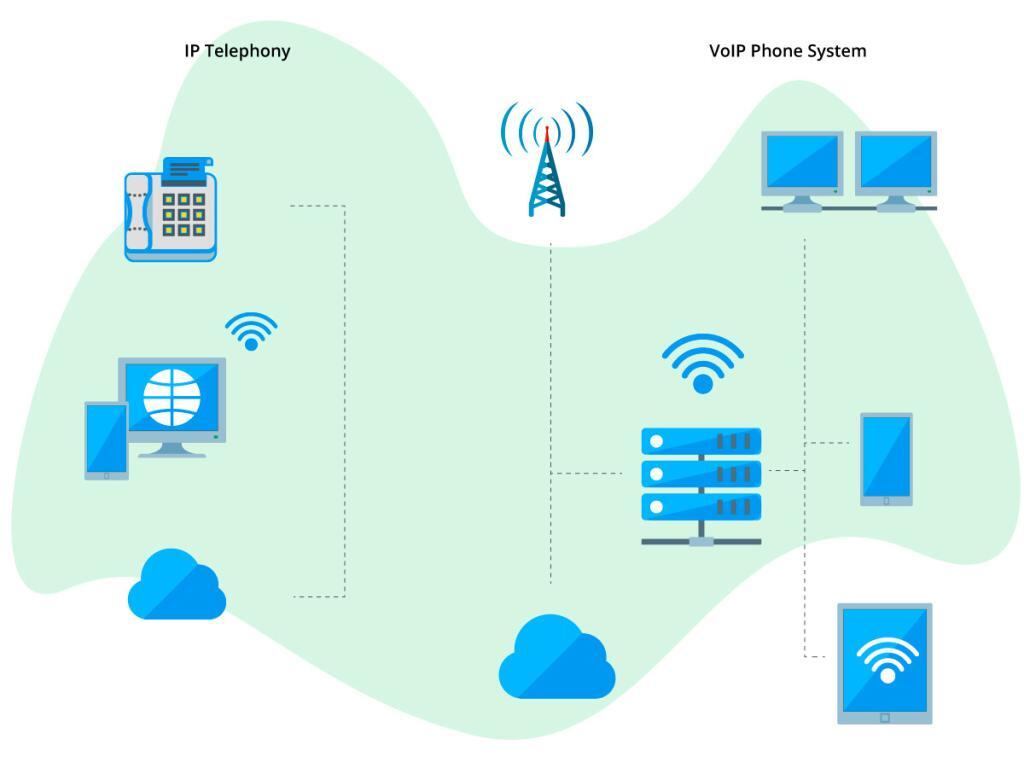
L'une des différences est que la technologie VoIP vous permet de communiquer sur le protocole IP, alors que la téléphonie IP est un outil plus large pour fournir des services téléphoniques au public. La téléphonie IP est un mode de communication qui utilise l'internet pour échanger des messages vocaux, des télécopies et d'autres types de communication. Sans oublier que la mise en œuvre et les exigences sont donc différentes.
Quels sont les éléments de base de la communication vocale sur l'internet ?
Plusieurs éléments interviennent dans la communication IP. Nous verrons ensuite quels sont les éléments impliqués dans la communication VoIP :
Terminaux

Les terminaux peuvent être mis en œuvre à la fois dans le logiciel et le matériel, ils remplacent les téléphones existants, les softphones et les ATA sont largement utilisés.
Téléphone IP
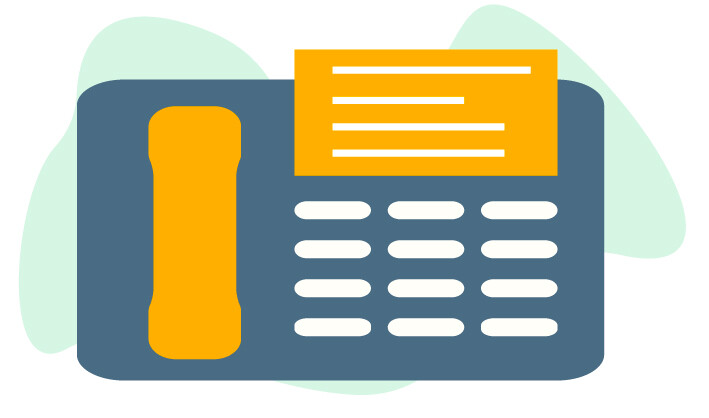
Physiquement, on peut dire qu'un téléphone IP est très similaire à un téléphone traditionnel, mais on peut dire qu'il n'a rien à voir avec un moyen de transmission de la voix. Un téléphone IP se connecte à l'internet par l'intermédiaire d'un routeur, d'un concentrateur ou d'un modem câble, puis émet et reçoit des appels via l'internet. Pour ce faire, il n'est pas nécessaire d'allumer l'ordinateur, mais d'avoir un bon accès à l'internet à large bande.
Téléphones logiciels
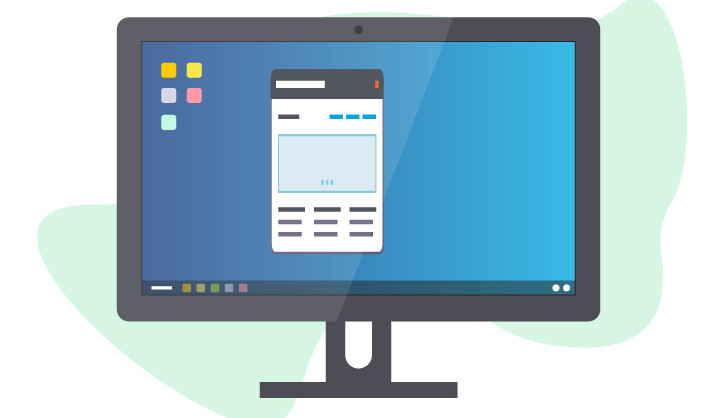
Il s'agit d'un logiciel permettant de passer des appels téléphoniques sur l'internet. Les softphones imitent complètement un téléphone ordinaire par l'intermédiaire d'un ordinateur. Ils permettent de passer des appels vers n'importe quelle destination ou vers un terminal. Ils font généralement partie de l'environnement VoIP et sont basés sur les normes SIP Proxy.
Adaptateur téléphonique analogique (ATA)

Cet adaptateur téléphonique analogique, également connu sous le nom d'ATA (abréviation de Analog Telephone Adapter), est un dispositif qui permet de connecter un téléphone classique à un réseau à commutation de paquets ou à un réseau IP (Internet Protocol). Sa fonction principale est un adaptateur qui convertit un téléphone analogique en un téléphone IP via un port Ethernet.
Passerelles
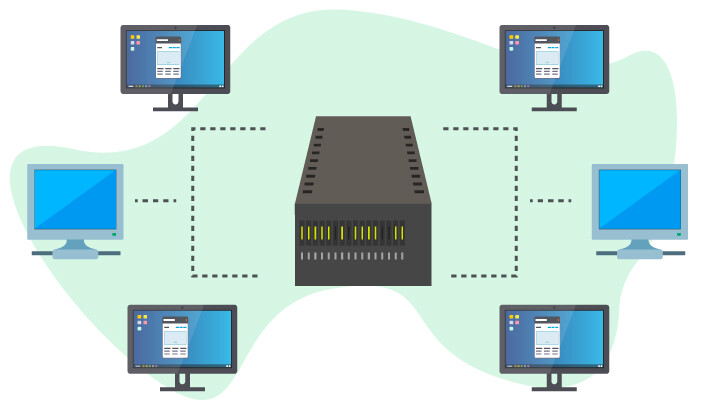
Il s'agit d'un lien qui se connecte au réseau téléphonique traditionnel, qui agit de manière transparente pour l'utilisateur, c'est-à-dire que c'est lui qui est chargé de surmonter le signal d'un téléphone conventionnel vers un téléphone IP ou vice versa.
Gatekeepers

Ensemble de serveurs centraux interconnectés, dont les fonctions principales sont de convertir les numéros de téléphone en adresses IP pour la VoIP et d'assurer l'interopérabilité entre plusieurs réseaux. Ils remplacent parfaitement les centraux actuels car ils organisent tout ce dont nous avons besoin dans un appel VoIP. Il est généralement implémenté dans un logiciel, qui est considéré comme le cerveau du réseau de téléphonie IP.
Les routeurs

Enfin, il est nécessaire d'avoir des routeurs qui vous permettent de vous connecter à d'autres réseaux IP sans avoir à utiliser le réseau téléphonique ordinaire, ce qui se traduit par des appels IP gratuits illimités, ce qui, si nous comparons cela en termes de coût, représente une grande économie.
VoIP et téléphonie traditionnelle : quelles sont les différences ?

Les appels VoIP convertissent la voix en paquets de données sans nécessiter d'échange jusqu'à ce qu'elle atteigne son destinataire sous forme numérique, alors que les appels traditionnels nécessitent un échange où la transmission de la voix atteindra le destinataire, ce que beaucoup appellent la communication peer-to-peer.
Alors qu'un téléphone ordinaire a besoin de lignes physiques pour établir une connexion, la téléphonie IP n'en a pas besoin mais dépend de la structure du réseau, qui ne génère aucune restriction, et grâce à cette fonctionnalité, différents utilisateurs du monde entier peuvent tenir des conférences en même temps (conferencing). En outre, un autre avantage très important de la couche commerciale est que, comme elle ne dépend d'aucune ligne physique, les entreprises peuvent établir une connexion réseau entre les magasins, formant un réseau interconnecté avec les acheteurs et les fournisseurs. avec le même numéro d'en-tête unique.
Nous pouvons utiliser notre ligne IP avec un smartphone et plusieurs numéros de contact grâce aux numéros de contact hébergés dans le cloud du fournisseur.
L'avantage de la téléphonie IP est qu'elle permet de modifier rapidement la base du PBX virtuel : y inclure ou en exclure des abonnés. La plupart des fonctionnalités sont mises en œuvre grâce aux technologies " cloud ". Le PBX virtuel vous permet de créer une structure de bureau, quelle que soit la taille de l'entreprise. Parallèlement, les systèmes de communication numérique permettent d'utiliser des canaux virtuels d'échange de données au sein d'un réseau unique de succursales, ce qui élimine la nécessité d'installer des équipements dans tous les bureaux et succursales.
Thèmes connexes :
12 conseils d'étiquette téléphonique pour les agents des centres d'appel
>
Qu'est-ce que la fonctionnalité CNAP dans les télécommunications ?
>
Qu'est-ce que l'IVR ? Et quels sont ses avantages pour votre entreprise ?
>
>
Qu'est-ce que l'ACD (Automatic Call Distribution) ? | Le routage ACD intelligent
>





